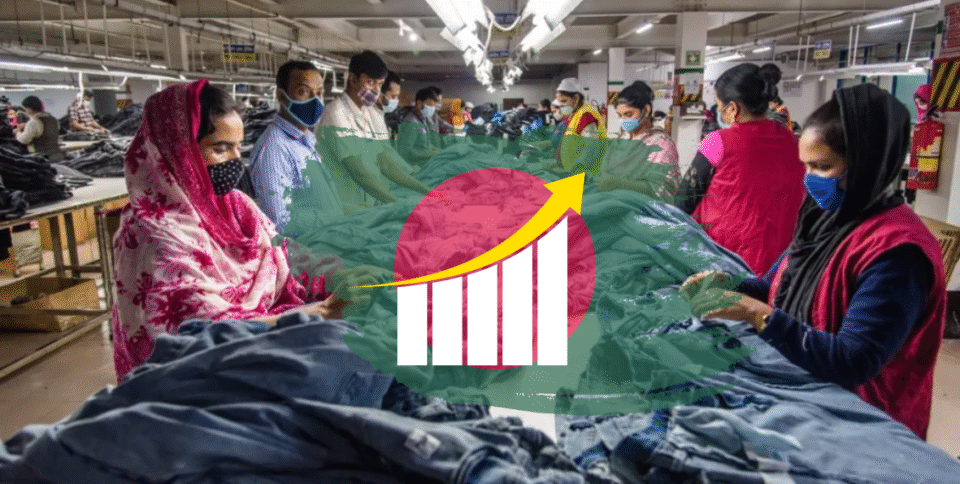Dhaka, Aug 30, 2025: Bangladesh may gain billions in new export opportunities after the United States imposed steep tariffs on Indian goods, raising duties on several categories to 50 percent. Economists and business leaders in Dhaka say the move could shift orders away from India and open the door for Bangladesh to capture a larger share of the US market.
The tariffs, announced by President Donald Trump on July 31, were framed as a “penalty” against India for continuing to purchase crude oil from Russia. With the additional 25 percent duty, Indian exports to the US will now face a total of 50 percent reciprocal tariff.
This sharp escalation means Indian products in categories like ready-made garments (RMG), home textiles, leather goods, furniture, frozen fish and shrimp, and processed agricultural foods will lose competitiveness in the US. Bangladesh, which already exports many of these items, stands to benefit.
Dr Zahid Hussain, former Lead Economist of the World Bank’s Dhaka office, estimated that Bangladesh could increase exports to the US by $2 to $3 billion if stakeholders act swiftly. “Export orders will divert to countries like Bangladesh, Vietnam, China, and Myanmar, but Bangladesh is well positioned to be in the front row,” he said.
He added that Bangladesh’s tariff remains at 20 percent, a level unlikely to change in the next six months, giving exporters a significant cost advantage over their Indian competitors. “The issue now is whether our exporters and industries have the capacity to seize this opportunity,” Dr Hussain noted.
Industry leaders echoed similar optimism. BGMEA President Mahmud Hasan Khan said that some US buyers are already considering shifting orders from India to Bangladesh. “But to fully capitalize, we must improve efficiency at Chattogram Port, reduce lead time, and ease the energy crisis,” he said.
Mohammad Hatem, President of the Bangladesh Knitwear Manufacturers and Exporters Association (BKMEA), urged the government to address banking and customs bottlenecks and ensure stability in energy supplies. “If industries are strong and healthy, only then can we meet increased demand,” he said, pressing for urgent reforms in the financial sector and logistics infrastructure.
Currently, Bangladesh exports $8.2 billion worth of goods to the US while importing $2 billion, leaving a $6 billion trade surplus in Dhaka’s favor. With India exporting $86.5 billion annually to the US—its single largest trade partner—the tariff shock could significantly alter South Asia’s export dynamics.
Experts caution, however, that success depends on ensuring uninterrupted power and gas supply, timely shipments, and industrial stability ahead of Bangladesh’s next general election. If these conditions are met, Dhaka could emerge as a prime alternative sourcing hub for American buyers.

